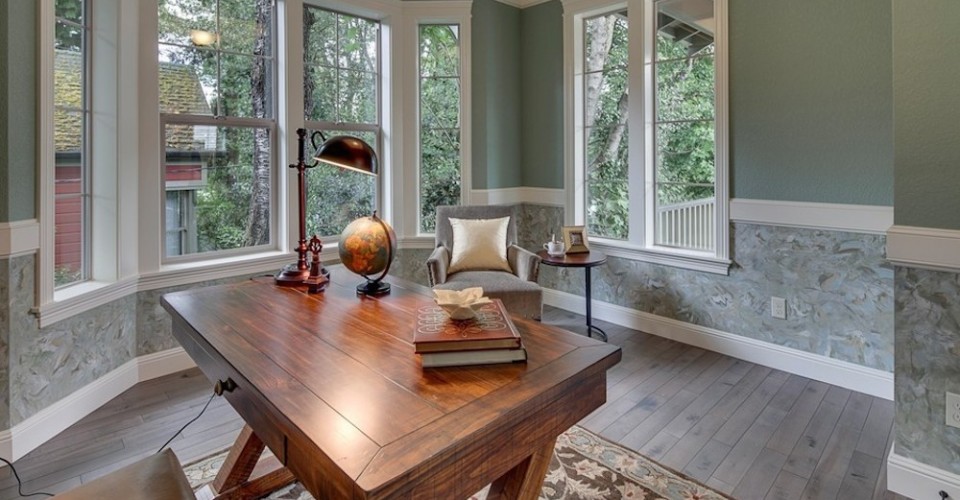Most people don’t have a home phone line anymore, so if you’re house hunting, it’s important to know what kind of cell coverage you have when you move into a new neighborhood.
Although poor cell phone coverage probably isn’t a deal breaker, it’s best to know going into it so you can prepare your home to meet your cell phone signal needs.
To determine how strong the cell signal is in a neighborhood, follow these steps:
Check your bars
Start with the obvious: your first indication of a strong or weak signal is checking to see how many bars/waveforms your phone has. Generally, the more bars/waveforms, the stronger the signal. However, every phone manufacturer determines the formulas behind this indicator differently, so don’t base your assessment just on this alone.
Check for cell towers in the area
To find out how many cell towers are near you and if there are any plans for future development, enter your street address on the Antenna Search website. You can compare your signal strength to other areas of the city, state, or even nation.
Check your phone’s decibel unit of measure (dBm)
Typically, decibels are shown as a negative number. The closer the dBm is to zero, the stronger the signal in the area. A measure of -55 is one of the strongest (and rarest) signals you might see, while a rating of -100 dBm is considered a weak signal.
Checking your phone’s dBm requires you to access your phone’s “field test mode,” which can vary based on the manufacturer and model. Find the dBm on your phone by following these instructions for an Android or iPhone.
Try downloading an app
The SignalCheck Lite app is a free app that accurately shows the cellular and WiFi signal strengths in the area. You’ll find that the signal varies, and there will be times and days when the signal is better than others.
If you find the signal in your potential new community is as low as -95 dBm, don’t despair — there are ways to combat a bad cell signal. To improve your ability to make and receive cell phone calls in your home, you have two options:
Turn on WiFi calling
WiFi calling allows you to use your WiFi for phone calls. WiFi calling provides many benefits. For example, it saves cell phone data and is typically free for international calls.
On an iPhone:
- Go to Settings > Phone > WiFi Calling
- Tap or slide WiFi Calling on This Phone (the slider will be green when enabled)
On an Android Phone:
- Go to Wireless and Network Settings
- Select the More or More Networks option
- Find WiFi Calling and enable it
Purchase an in-home cell signal booster
Even with WiFi calling, you may still have trouble making calls and sending texts. A cell signal booster for your home works by boosting cell signals received from further out and amplifying them indoors for whole home coverage.
As you continue your home search, don’t despair if your dream home doesn’t have as strong a signal as you hoped for. These tips can help determine if you’re in a weak zone and offer ways to improve your service, so you aren’t left feeling frustrated over dropped calls and missed texts.
This is a guest post from Lori Cunningham. Lori is a contributing writer for Xfinity Mobile. She’s always looking to find new ways that technology can help with her over–scheduled life, and she started the wellconnectedmom.com to share her passion for technology with other moms.




